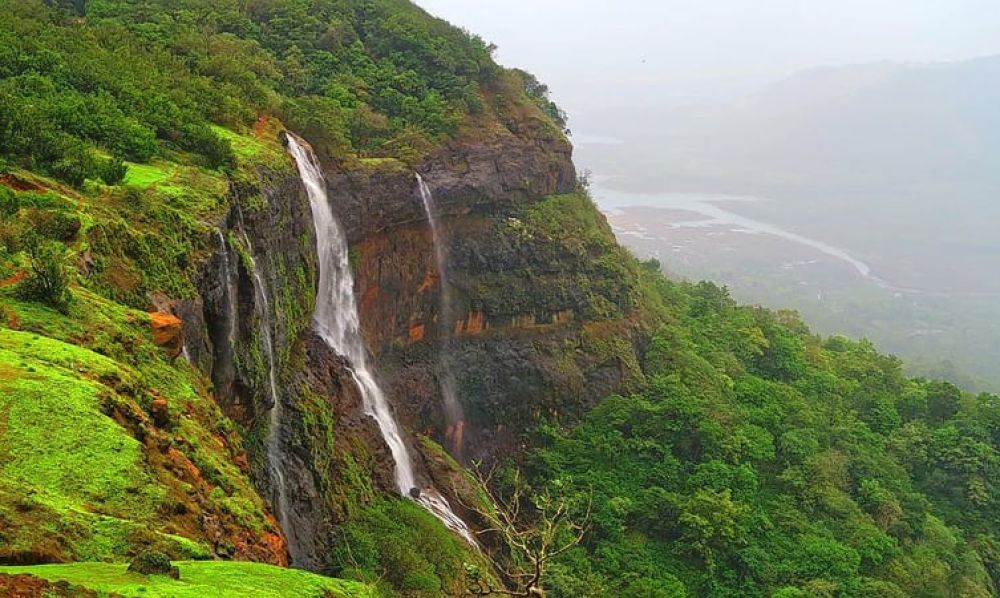

Mahabaleshwar, a picturesque hill station in the Western Ghats of Maharashtra, India, has been a popular tourist destination since the British colonial era. Known for its serene environment, luscious strawberry farms, ancient temples, and panoramic viewpoints, Mahabaleshwar holds a special place in India's tourism map. Among its numerous natural attractions, the Chinaman's Falls stands out as a captivating site, drawing visitors with its splendid beauty and tranquil ambiance.
The origin of the name "Chinaman's Falls" is interesting and is rooted in the history of the region. It is believed that the waterfall was named after the Chinese prisoners who were brought to Mahabaleshwar during the British colonial period. These prisoners were involved in cultivating the land around the falls, and over time, the falls got associated with their presence and came to be commonly referred to as Chinaman's Falls.
Tourism in Mahabaleshwar dates back to the mid-19th century when it was developed as a summer resort by the British Governor of Bombay, Sir John Malcolm. Chinaman's Falls became one of the many natural attractions in the area that piqued the interest of British officers and their families looking to escape the sweltering heat of Bombay (now Mumbai).
As the destination grew in popularity, the post-independence era saw a surge in domestic tourism, with the falls gaining attention as a must-visit spot for nature lovers and those seeking a peaceful retreat. The mesmerizing waterfalls have been featured in numerous travelogues and have become a staple in the itinerary of tourists visiting Mahabaleshwar.
Located just 2.5 kilometers away from Mahabaleshwar, reaching Chinaman's Falls is accessible by road, followed by a short hike through lush greenery. The monsoon season, from June to September, sees the falls in full glory; however, tourists flock throughout the year to take in the beauty and the cool misty sprays of the falls.
Today, in keeping with the latest tourism trends, visitors to Chinaman's Falls can enjoy a more organized and eco-friendly experience. Many tour operators offer guided excursions with an emphasis on sustainable tourism practices. Visitors are encouraged to respect the natural habitat and avoid littering to preserve the pristine beauty of the falls.
Moreover, adventure tourism has spiked in popularity with the younger demographic, and although Chinaman's Falls itself is a peaceful location, it serves as the starting point for treks and other adventure activities in the surrounding areas.
The local authorities and conservation groups are continually working towards preserving Chinaman's Falls and its surroundings. Efforts include maintaining the trails, providing informational signage, implementing waste management systems, and ensuring that the habitat remains undisturbed.
With such measures in place and the inherent appeal of the falls, Chinaman's Falls in Mahabaleshwar continues to be an enchanting destination for visitors from India and around the world. As global travel trends evolve, Mahabaleshwar and Chinaman's Falls are poised to maintain their status as a top ecological and leisure tourism spot in Maharashtra.